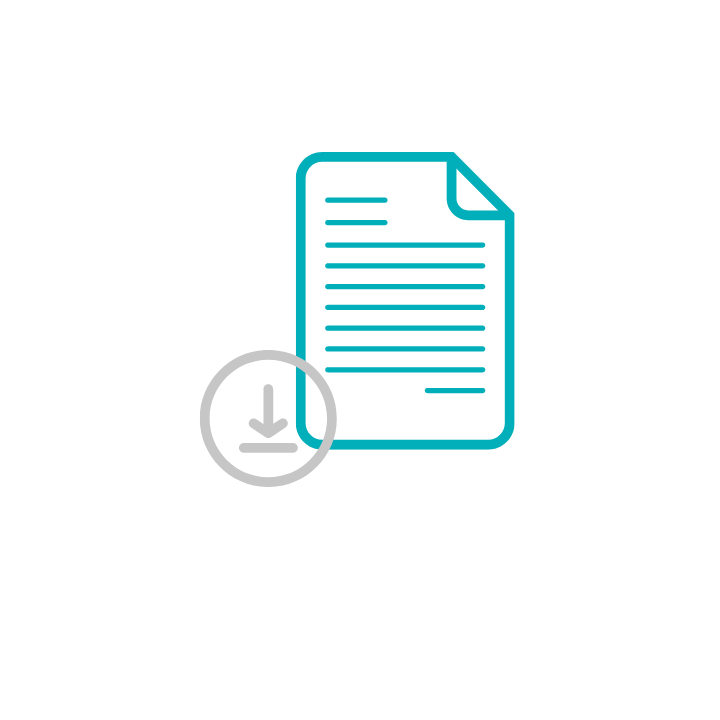Corrosion on wheel-ends damages the quality and performance capabilities of heavy-duty equipment, and if left for too long it can put drivers and fellow motorists at risk.
Not only that, but the repair and maintenance costs to fleets and owner-operators can severely impact the bottom line.
In the most concentrated spots, corrosion gradually burns through the metal to form abrasions, cracks, and holes. When corrosion affects areas such as wheel ends, the results are damage to the quality and performance capabilities of the vehicle in question.
“Because of where wheel-end components are situated on trucks and trailers, they’re exposed to corrosion more than any other part of the equipment,” says Shannon Girard, Marketing Manager for Howmet Wheel Systems, distributor of Alcoa Wheels in Australia.
“We’ve thus invested in innovating the vHub Technology so that our customers can prevent premature failure of wheel-end components and avoid risking the safety of their drivers, while also keeping the bottom line healthy.”
On wheel ends, corrosion is caused by harsh road chemicals, salt and other corrosive substances coming into contact with the surfaces of metal hubs.
In wetter or humid areas of Australia, water can also make its way to the hub via moisture, puddles, and rain.
The Top 3 Causes of Wheel End Corrosion
1. Moisture
One of the most common causes of wheel corrosion on wheel ends is moisture.
When there’s no warm weather to vaporise the moisture, we have a lot more condensation forming on wheel end components.
One way to tell that wheel-ends may be succumbing to moisture is on the mornings when the windows of trucks get fogged up.
Hot, enclosed environments with poor ventilation can also trap corrosive moisture, increasing chances of moisture being absorbed at the wheel end.
Liquid Petroleum Haulers, specifically, can see accelerated corrosion appear on vehicles due to the white foggy residue of the LP that can end up anywhere on the vehicle, including wheel-ends. That foggy residue, when combined with condensation, acts as a corrosion accelerant.
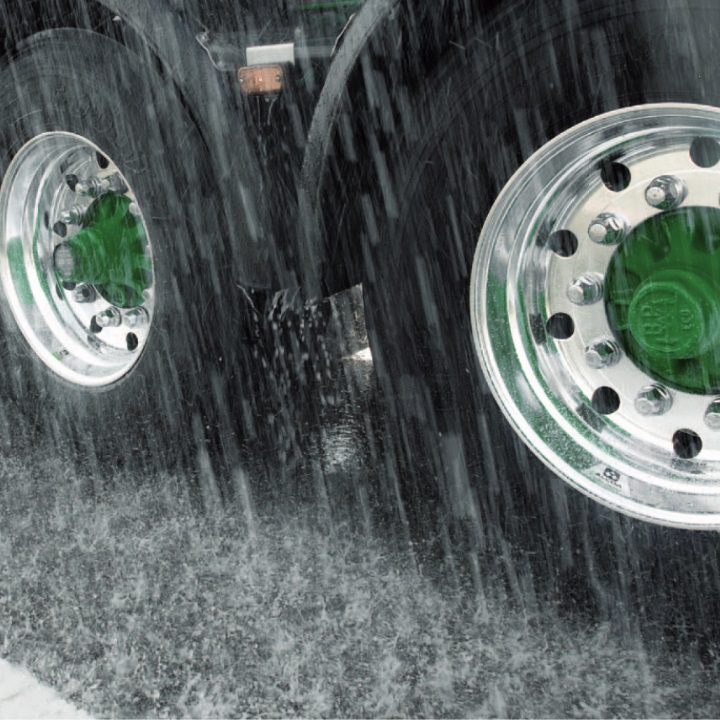
2. Rain and Puddles
In parts of Australia where rain can be heavy at times, puddles and swollen creeks can be hard to avoid.
When water splashes up it hits the various underside components of vehicles.
Even though the water will mostly dry off and drip away, it can still get trapped and that wetness can have a corrosive effect on the parts that comprise wheel-ends, especially if water makes its way between the fasteners.
3. Rock Salt
When contact occurs between rock salt and metals, the properties of the salt have a corrosive impact on the metal, and even on aluminium parts, the corrosive effects of rock salt can eventually take hold.
Corrosion becomes shows as discoloration and deformation appearing at given spots along a metal surface. The problem with corrosion is that it’s in and of itself symptomatic of a metal’s failure to retain its composition.
This poor metal health means that corrosion spreads easily. Depending on what corrosive substances the wheel-end is exposed to, as the condition lingers the corrosion affects adjoining surfaces.
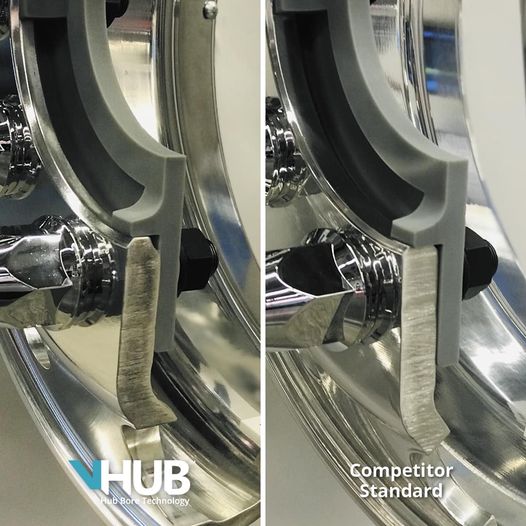
Alcoa Wheels have released a proprietary technology, called vHub™ Bore Technology, that reduces the hub-to-wheel contact by 64% compared to the almost 100% of other aluminium wheels on the market.
Corrosion is reduced because there is less surface area available for corrosive agents to adhere to.
“Fleets that are not corrosion prevention focused find that they see a premature end to their wheels and tyres, which means they spend a lot of money on replacements,” says Shannon. “The impact of downtime, loss of money and risk of decreased safety make Alcoa vHub™ Bore Technology enhanced Ultra ONE® wheels a strong consideration.”
Alcoa vHub™ Bore Technology is available on Alcoa Ultra ONE® wheels.
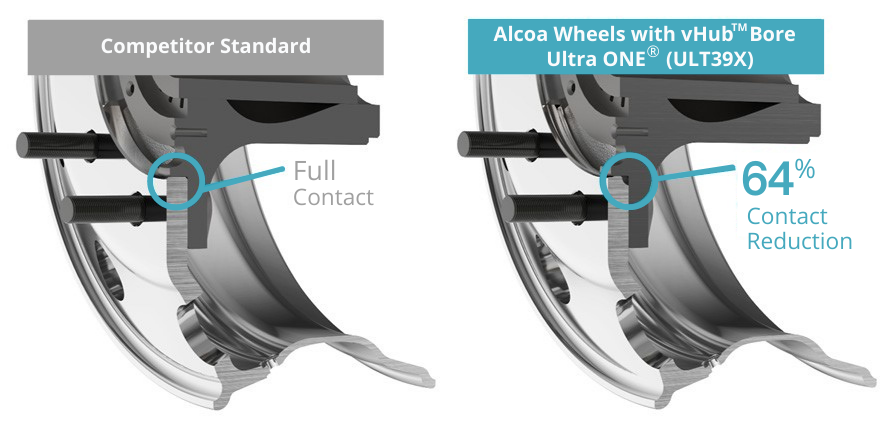
3 Damaging Effects of Corrosion on Fleet Equipment
Reducing corrosion leads to a decrease in maintenance time and wheel-off costs for fleets and owner-operators.
1. Increased Friction
Lubrication on wheel-ends of trucks and trailers can easily get melted or washed away by puddles, moisture, heat, and salt, and without it, the grinding of metals produces friction, heat, and ultimately corrosion.
On Alcoa wheels with vHub™ Bore Technology, there’s less surface area exposed, so there’s less opportunity for corrosion to form across the area, making it easier to remove the wheel during scheduled maintenance or for tyre changes.
2. Damage of Metal Parts
On the wheel-ends of a tractor trailer, damage to metal caused by corrosion could lead to a breakdown of the wheels at any given time if the problem isn’t discovered or rectified.
The damage can quickly degrade any metal component that becomes heavily exposed to rainwater, moisture, or salt.
Whether the problem impacts one of the fasteners or the inner hub, the inevitable swift spread of corrosion can lead to holes and cracks forming in vital wheel parts.
3. Accidents Due to Mechanical Loss
Depending on the extent of exposure the equipment has, corrosion at the wheel-ends of a hauling truck can, in some cases, badly affect the wheels.
When this happens, the vehicle can become harder to steer and control as stiffness or shakiness takes hold.
If the corrosion breaks down one or more of the metal parts, drivers and other motorists on the road are put in danger if the vehicle suddenly falters in transit.
Because maintenance is easier and less time consuming on Alcoa Wheels with vHub™ Bore Technology, there’s less chance of putting off vital wheel-end checks that can save lives.
Listen to the Alcoa wheel experts Doug Mason, Dave Walters, and Mike Yagley bring their close to 100 years of experience and expertise in the transportation business to the conversation about Troubleshooting Wheel End Failures, over at the Behind the Wheels Podcast:
Make Sure It’s An Alcoa® Wheel
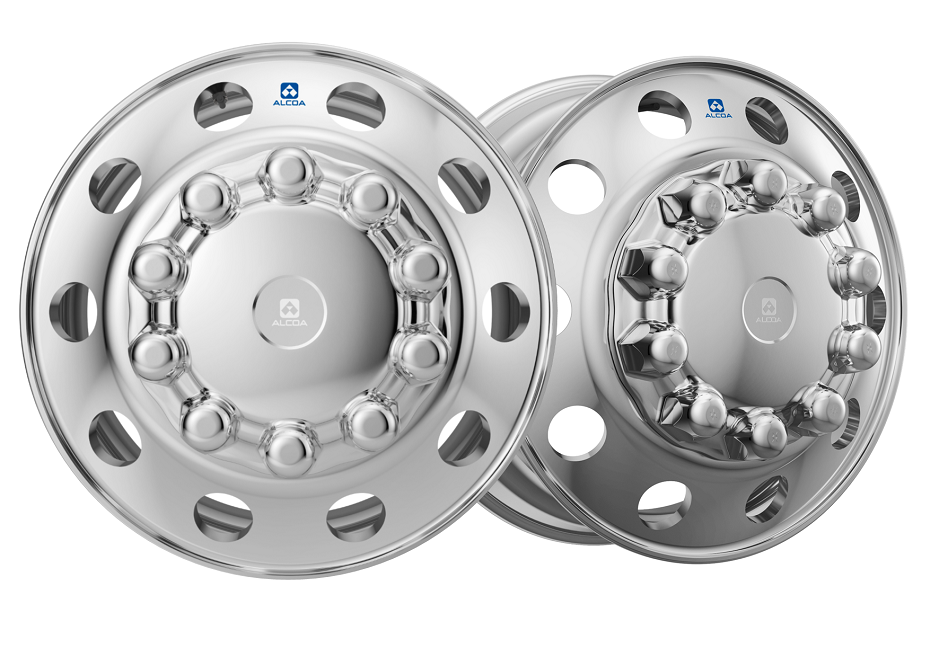
To spec your wheels, ring ![]() 1800 955 191 to talk with our wheel experts, or fill out a contact form and we will reach out to you to answer your questions and discuss your specifications.
1800 955 191 to talk with our wheel experts, or fill out a contact form and we will reach out to you to answer your questions and discuss your specifications.


